Increasing Range of Motion with Shoulder Pain
Increasing Range of Motion with Shoulder Pain
Published: December 13, 2021
Many conditions can cause joint pain, several of which can become more likely to occur and more severe with age. A few of these conditions include rheumatoid arthritis, frozen shoulder, tendonitis, sprains, and many other injuries. For some, joint pain is a minor irritation and can go unnoticed throughout the day, but for others, joint pain can be debilitating.
Regardless of the cause of the joint pain, the goal of treatment is to reduce pain and inflammation (redness and swelling), while maintaining the joint’s functionality. This remains true for shoulder pain. When treating shoulder pain, it’s important to not only reduce the pain but also maintain the shoulder’s natural range of motion.
Causes of Shoulder Pain
The causes of shoulder pain in particular, like all other types of joint pain, can vary widely from one patient to another. Some of these causes include broken bones, damage to nerves or tendons, arthritis, and several other types of injury one can sustain to their shoulder or the surrounding area. However, it’s important to note that not all shoulder pain will result in the deterioration of the shoulder itself. When defining shoulder pain, Mayo Clinic makes a clear distinction between pain that arises from the shoulder joint itself and pain the arises from another structure. The latter of the two “usually doesn’t worsen when you move your shoulder”, so treatment of the shoulder itself would not be very effective. The former on the other hand typically will worsen over time as the joint is used. That said, treatment of this kind of pain can be very effective.
Treatments Options
As stated previously, the goal of treatment for shoulder pain, just like other joints, is to reduce pain and inflammation while maintaining the joint’s natural range of motion. Treatment can include NSAID medications (Non-steroidal anti-inflammatory drugs), heat and cold, pain management injections, and physical therapy.
- NSAIDs include Aspirin, Ibuprofen (Advil), Naproxen sodium (Aleve), and several more. These medications are typically used for minor pain relief, they are non-addictive, and they are an affordable over-the-counter treatment. Though you must take them as directed. Otherwise, they could lead to various health problems.
- Heat and cold therapy is another very common pain relief method recommended by doctors. This type of therapy works by stimulating your body’s natural healing processes.
- Pain management injections are used to both identify the true source of the pain you’re experiencing as well as treat a painful joint injury.
- Physical therapy is another common treatment for shoulder pain. The treatment methods previously described aim to relieve pain allowing you to continue using your shoulder’s range of motion (whatever that may be). Johns Hopkins Medicine says, “Physical therapy for shoulder arthritis is typically not needed unless you are losing range of motion.”
We’re Here to Help
If you or someone you know is experiencing pain in their shoulder, contact us today for a consultation. Our medical professionals are ready to help you locate the source of your shoulder pain, and deal with it in the best way possible.

